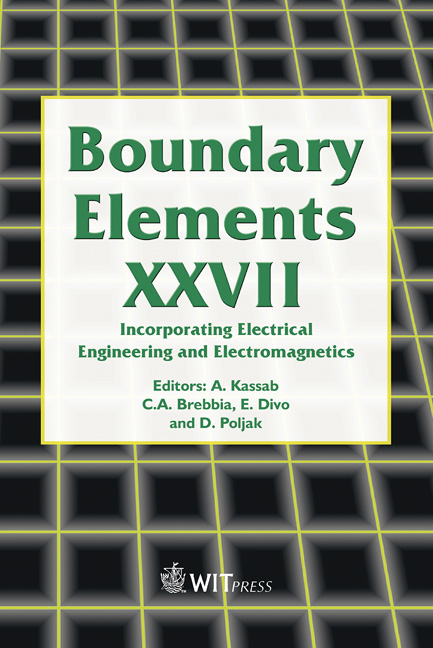An Image Querying In Clustered Multimedia Databases
Price
Free (open access)
Transaction
Volume
39
Pages
9
Published
2005
Size
364 kb
Paper DOI
10.2495/BE050681
Copyright
WIT Press
Author(s)
J. S. Sandhu & U. S. Pannu
Abstract
Information retrieval from multimedia repositories requires the development of techniques to supplement traditional methods based on textual descriptions and searches. The two main reasons that make it necessary to work on new techniques stated above are: high cost factors in associating textual data with images and, what is even more important, inadequate characterization by textual descriptions for subsequent retrieval. In recent years distributed multimedia databases have become an active area of research. Recent studies confirm that mankind will generate more image information over the next few years than was created in the whole of the previous era. Thus, governments, industries and IT services providers will have to manage a tremendous amount of image data. Such systems are essential to effectively and efficiently use the existing huge collection of image data. The major issue while developing such a system is "efficient search strategy". This paper addresses search strategy by which an image can be retrieved from a distributed multimedia database in less time and at less cost. Various academics and developers have been attracted to this topic and even systems such as QBIC (content based image retrieval system for IBM) have been released. These systems retrieve images based on their content. A problem faced in this system is the processing of complex queries such as when retrieving images having similar texture, color and other features. These difficulties are overcome by "query by example", i.e. image retrieval by image query. Now, recent image retrieval systems like COMPASS, using image query strategy, use new possible descriptors like texture and luminous intensity. In this paper we are trying to speed up the present search strategy by using only two descriptors. We are also trying to optimize image retrieval results by using clustering. Feature-based histograms are studied and, based on their dissimilarities, effective measures can be taken. This will result in the design of scalable image retrieval systems, which make optimal use of computational and storage resources. Keywords: image querying, eccentricity, scale normalization, rotation normalization, shape index, color index.
Keywords
image querying, eccentricity, scale normalization, rotation normalization, shape index, color index





